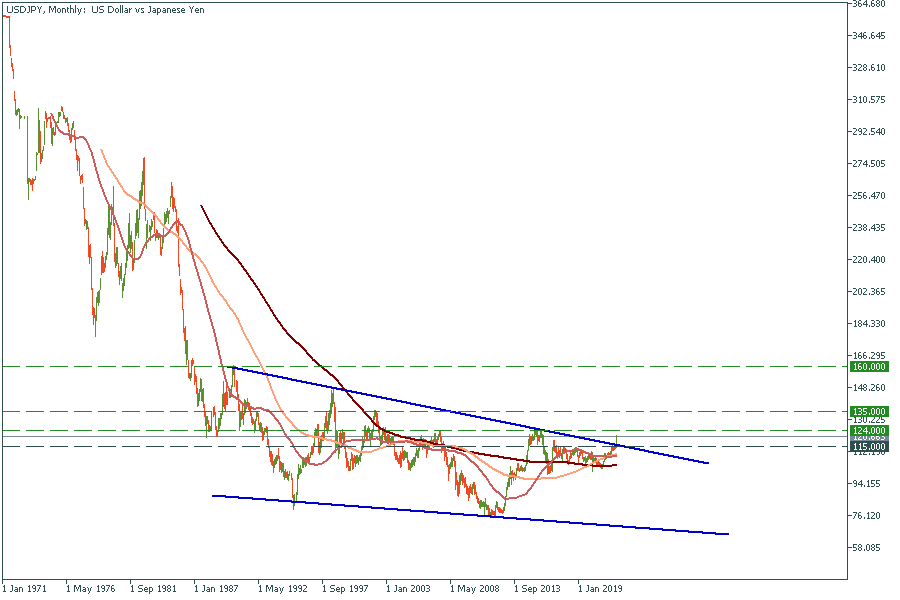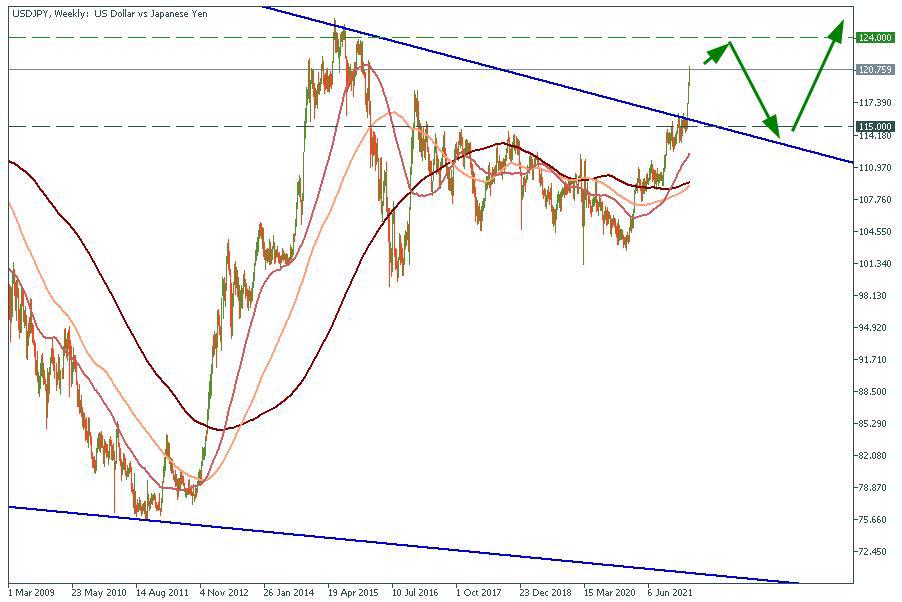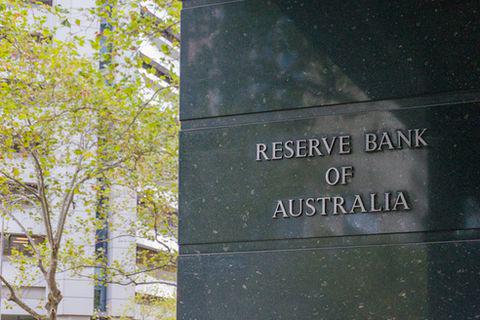
eurusd-is-falling-what-to-expect-from-the-future-price-movement
For a seamless experience, click “Redirect me.”

Don’t waste your time – keep track of how NFP affects the US dollar!
Data Collection Notice
We maintain a record of your data to run this website. By clicking the button, you agree to our Privacy Policy.

Beginner Forex Book
Your ultimate guide through the world of trading.
Check Your Inbox!
In our email, you will find the Forex 101 book. Just tap the button to get it!
Risk warning: ᏟᖴᎠs are complex instruments and come with a high risk of losing money rapidly due to leverage.
71.43% of retail investor accounts lose money when trading ᏟᖴᎠs with this provider.
You should consider whether you understand how ᏟᖴᎠs work and whether you can afford to take the high risk of losing your money.
Information is not investment advice
Historically investors treated the Japanese Yen as a safe haven in times of world crisis. However, three weeks since Russia invaded Ukraine, the JPY has plunged to a five-year low against the US dollar.
Falling interest rates and high commodities prices are the main characteristics that usually push the Yen up against other currencies in times of global market upheaval. Yen’s safety was caused by the Japanese current account surplus.
Unfortunately for the yen, these factors work in reverse as well. Nowadays, global interest rates are increasing, energy and commodities prices are skyrocketing, and Japan's current account surplus is melting.
Crude oil, which is trading around $115, meets most of Japan's primary energy needs. Japan is also one of the world's biggest importers of liquefied natural gas, which accounts for around a quarter of its energy balance. These factors mark a sharp deterioration in the country's terms of trade, and the yen-boosting current account surplus that Japan has run for decades may soon become a deficit.
If we consider that the Federal Reserve might increase the key rate by 50 basis points in May, plus another 25 points at each of the next five meetings in 2022, then we can conclude that USDJPY has more space to run higher. Moreover, energy prices may remain high for a long time, pressing the yen even more.
USDJPY, monthly chart

The monthly chart confirms our suggestions. As we can notice, the price has formed a global bullish wedge. Moreover, the breakout has already happened. That’s why there is no doubt USDJPY is now absolutely bullish in the long term.
USDJPY, Weekly chart

Looking at the lower timeframe, we can suggest that USDJPY might reverse at 124 and return to 115 for a global wedge’s retest.
As a result, there are three trading options:

eurusd-is-falling-what-to-expect-from-the-future-price-movement

Greetings, fellow forex traders! Exciting news for those with an eye on the Australian market - the upcoming interest rate decision could be good news for Aussies looking to refinance or take out new loans. The Mortgage and Finance Association Australia CEO, Anja Pannek, has...

Hold onto your hats, folks! The Japanese yen took a nosedive after the Bank of Japan (BOJ) left its ultra-loose policy settings unchanged, including its closely watched yield curve control (YCC) policy. But wait, there's more! The BOJ also removed its forward guidance, which had previously pledged to keep interest rates at current or lower levels. So, what's the scoop? Market expectations had been subdued going into the meeting, but some were still hoping for tweaks to the forward guidance to prepare for an eventual exit from the bank's massive stimulus

eurusd-is-falling-what-to-expect-from-the-future-price-movement

Greetings, fellow forex traders! Exciting news for those with an eye on the Australian market - the upcoming interest rate decision could be good news for Aussies looking to refinance or take out new loans. The Mortgage and Finance Association Australia CEO, Anja Pannek, has...

Hold onto your hats, folks! The Japanese yen took a nosedive after the Bank of Japan (BOJ) left its ultra-loose policy settings unchanged, including its closely watched yield curve control (YCC) policy. But wait, there's more! The BOJ also removed its forward guidance, which had previously pledged to keep interest rates at current or lower levels. So, what's the scoop? Market expectations had been subdued going into the meeting, but some were still hoping for tweaks to the forward guidance to prepare for an eventual exit from the bank's massive stimulus
Your request is accepted.
We will call you at the time interval that you chose
Next callback request for this phone number will be available in 00:30:00
If you have an urgent issue please contact us via
Live chat
Internal error. Please try again later